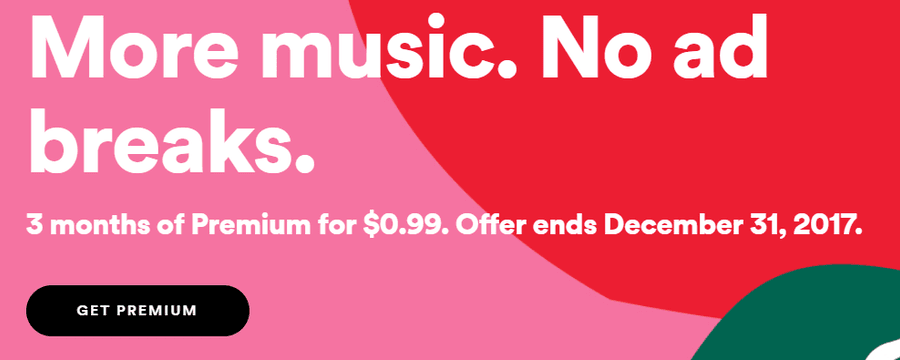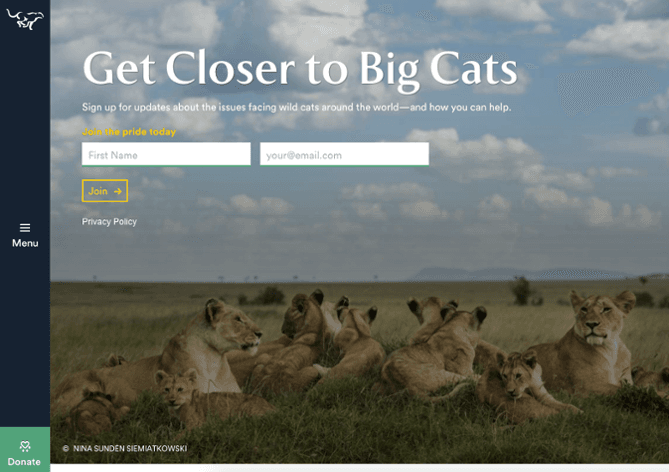Increase Conversions with Calls-to-Action on Your Website

Want something done? Just ask. That’s the mentality behind calls-to-action (CTAs). You probably put CTAs in your ad copy, but you’re missing out if you don’t also make calls-to-action an integral part of your website.
Online CTAs come in all different forms. You’ll find them linked within articles, on buttons, in headlines, and everywhere else. Luckily every CTA shares the same DNA. The goal is to increase conversions, as well as micro-conversions like time on site or newsletter signups. The way to create them is also similar.
These are the four topics to consider when crafting CTAs:
- Copy best practices
- Sales-funnel determined location
- Optimizing placement on the page
- SEO guidelines
Copy best practices for calls-to-action
While you’ve probably seen *so* many CTAs that tell you to “click here!” generic phrases like that seem spammy to users and Google alike. Instead, be specific about what users will find if they click the link.
Short imperative sentences create urgency and speak directly to the viewer with the implied “you should.” Use action verbs for punchy and direct CTAs, and when in doubt always choose simple language. The goal is communicating quickly and persuasively. Don’t confuse viewers with anything complex.
Examples of stronger call-to-action phrases include:
- Become a member
- Sign up for our newsletter
- Reserve a spot today
- Start your free trial
- Apply now
- Donate to the cause
- Read similar articles
- Learn more
Of course, you will want to make call-to-action phrases specific to your brand, your value propositions, and the page. For example, “Apply to our award-winning writing program” is an improvement on the basic formula because it adds a value proposition and specificity. When space is tight, rely on nearby information for value props and specificity.
Ad courtesy of Spotify.
For example, “Get Premium” uses an imperative structure and a brand-specific term. Nearby ad copy adds essential context.
Unsurprisingly, one of the most winning CTA formulas is a combination of the short and sweet with a bit more information. If the parameters of the format and spacing allow, add a call to action above the primary—and usually hyperlinked—CTA. Contextual CTAs can be lengthier and more creative.
This page is an excellent example of contextual CTAs complementing primary CTAs.
Color coordination between pairs of CTAs and streamlined design make this page visually appealing and user-friendly.
“Get Closer to Big Cats” is creative, concise, and uses an imperative structure to speak directly to the viewer. “Sign up…” offers specifics and value props. “Join the pride today,” creates a sense of immediacy, and “Join,” reminds users to fill out the form and click. All four lines work together toward the same goal.
While the classic CTA style uses or implies second-person pronouns, research from ContentVerve suggests that using first-person improves click-through rate by 90%. So, if you would have written “Sign up for your newsletter,” consider “Sign up for my newsletter” instead. Of course, the only way to know for sure what works for your audience is testing different versions and comparing the results. Set up conversion goals and event tracking on Google Analytics to see the numbers.
Learn more about the science of website experimenting from our A/B testing infographic.
Use your sales funnel to determine CTA location
Carefully match CTAs to specific pages and the audience a page might attract. This can increase their success by 42%.
For example, a link to your company’s case studies would be great for a page about your services, but less ideal on a page about your company’s history. Think about where certain pages are in your sales funnel and how to guide visitors further.
For example, you want a brand-new visitor to learn about how you can help them. So, create a call-to-action for that. You want a blog visitor to stay on your site so ask them to read more similar articles. You might want to get everyone on your newsletter list. So, make sure to ask them to join!
This slides in on a blog article after the reader sees this company’s quality content.
On the other hand, you might want to cater to some leads further along the sales funnel. Offer a quote or a competition comparison to someone spending time on your case studies page. This would seem too pushy placed elsewhere on your site. You wouldn’t put that CTA in a blog post unless it was explicitly relevant. Instead, target those who are showing interest in making a purchase with a sales-focused CTA.
Optimizing CTA placement on the page
Once you have found the right pages for different CTAs, you must also choose the location on the page. This is a bit trickier.
In general, placing your CTAs “above the fold,” or where they are visible before scrolling, is best. Place key CTAs in the navigation bar at the top of your website or near the top of a sidebar. The exception is when a CTA needs more context. Those tend to be more successful below the fold after visitors have learned more.
However, customizing CTAs to the page is important. Hyperlinked text is a great—and easy—way to do this.
HubSpot found up to 93% of a post’s leads came from word-based CTAs, like linking to an article about a topic or adding CTA text interruptions to articles. These may not have been above the fold, but they were before the end of the article, which many readers never see. They also stood out by differing from the typical banner or button style.
An example of a text-based interruption CTA, courtesy of HubSpot.
That’s not to say buttons are bad, though! Creating call-to-action buttons can work for many sites. Mimicking an offline button makes clicking intuitive. Experiment with different colors and styles to see what works best for your site. A/B testing is important!
Be sure to minimize distractions. A case study found a 232% increase in lead generation by clearing up clutter around a call-to-action button. So, make sure you leave some space around your CTAs, button-style or otherwise.
SEO reminders
- Use a relevant landing page for the copy you have written.
- Check your link periodically to ensure nothing has changed.
- When hyperlinking, write anchor text relevant to the landing page. Include keywords.
- Do not use pop-ups on your mobile site. No matter how good the CTA, it’s not worth the downgrade in Google ranking. This article breaks down different types of popups and their effect on SEO if you want to know more.
- Successful internal linking CTAs reduce your bounce rate, which in turn increases your domain’s quality score.
Tell your visitors where to go and what to do, and you’ll be surprised how many do just that!
Learn more about improving your CTAs and other free ways to increase conversions.




